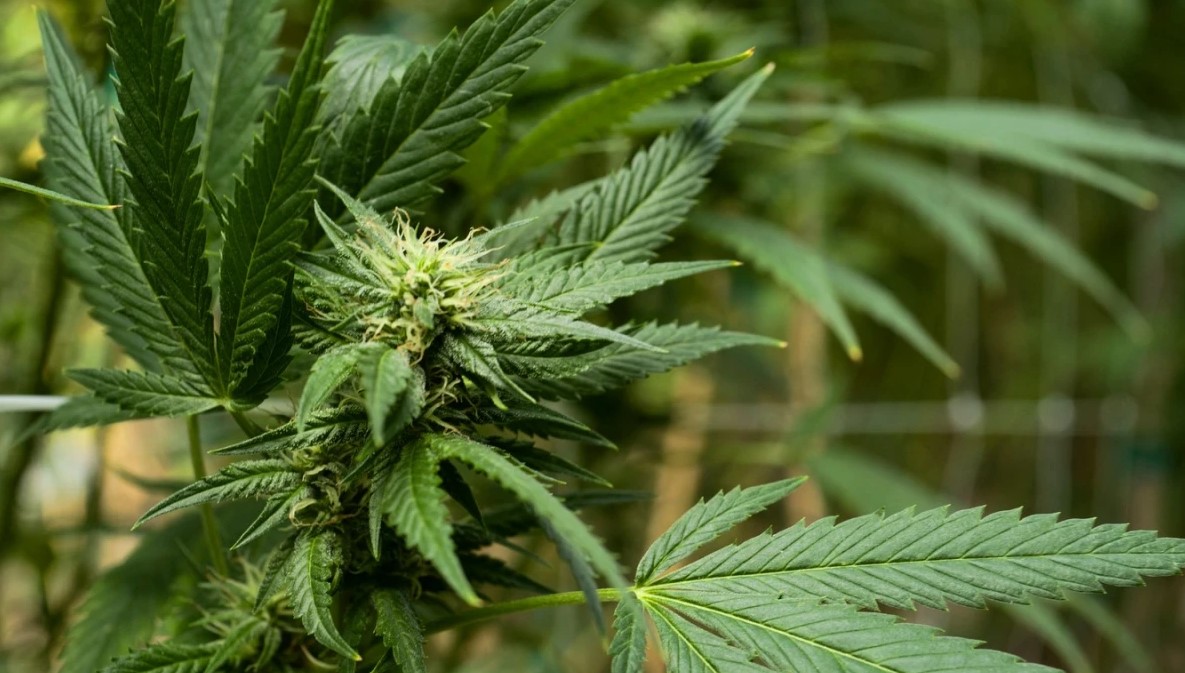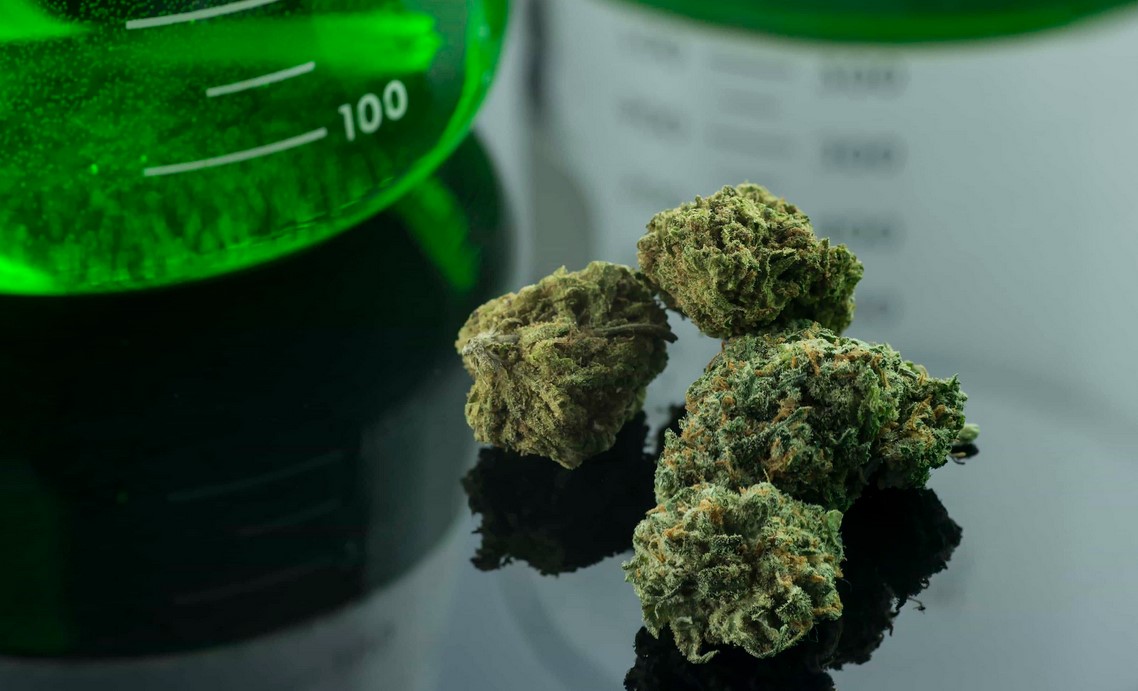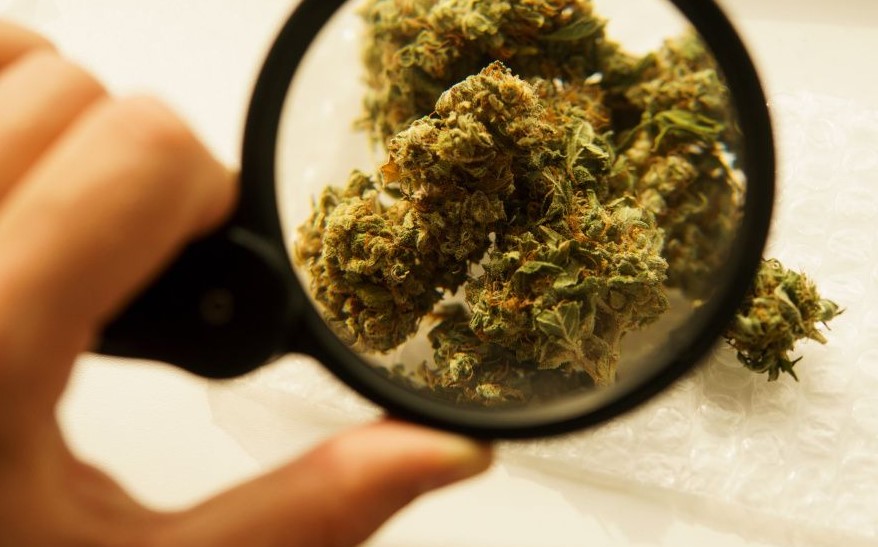Uncategorized
About Cannabis Potency
Is today’s marijuana really 25 to 30 times stronger than it was in the 1960s and 1970s? We examine what’s real about cannabis potency in this post, as well as what isn’t. You could be shocked by how much has evolved in a seemingly short time period.
The strength of cannabis has been a widely discussed topic in recent years. one debate that’s surfaced frequently is the difference in power between weed today and what 60s and 70s hippies smoked. How different was their weed to what you can purchase from legal dispensaries now? Keep reading to find out.
Is Marijuana Stronger Than It Used To Be?
The cannabis of today has much higher potency levels than what our parents and grandparents were smoking during prohibition. However, that doesn’t mean that the entire cannabis movement has been halted for tips; in fact, many advances have been made in relation to increasing weed’s strength.This is due to the hard work of underground cannabis geneticists and cultivators who have found ways to bypass prohibition and continue their research.
The potency of cannabis has increased by over 300% (over 300%) in the last 40-50 years, as we’ll see in greater detail later. On the other hand, there are several reasons that explain why cannabis’ potency has grown significantly (over 300%).
How Cannabis Potency Changed From 1995 to 2018
The US National Center for Natural Products Research published a detailed review in September 2019 of how potent cannabis is, as part of its quarterly Potency Monitoring Program. The School of Pharmacy at the University of Mississippi conducted the review by analyzing a total 486 cannabis specimens; out of those, 477 were dried and cured cannabis flower, while 9 Were more potent cannabis hash oil.
The chemical makeup of each sample was investigated by gas chromatography (GC) for THC potency as well as for secondary cannabinoids that contribute to its profile. This includes CBD, CBC, delta-8-THC, CBN, CBG, and THCV. The study then compared the concentration of these samples to the overall number of specimens being tested since 1995 (which included 56,949 cannabis flower samples, 888 hashish samples, and 468 hash oil samples).
As this study demonstrates, the THC present in cannabis has been gradually growing more potent since 1995. In 1995, the average THC percentage of all samples was 3.5%. By 2005, it had increased to 7%, and by 2018, levels were at just above 15%.

Changing THC:CBD Ratios
Over the past few decades, cannabis has changed a lot–and not just in THC content. The road to legalization has allowed for extensive studies that have given us new insight into this fascinating plant.
We began to learn more about cannabis and its complex interactions with our bodies, and we quickly discovered that there’s a lot more to marijuana than just THC. As a result, rather than just increasing the amount of THC, cannabis has also altered in terms of other compounds and cannabinoids, particularly CBD.
Weed strains with a high CBD to THC ratio have been on the rise in recent years.
A Note on Cannabis Testing and How It Might Contribute to Changing Potency
We don’t deny that today’s cannabis is significantly more powerful than past cannabis, but we also think it’s worth noting that cannabis testing has evolved considerably as well.
With cannabis becoming legal in more and more places across the United States, it is being grown domestically now more than ever before. This means that samples are much fresher today than they may have been 30–40 years ago when most of the world’s cannabis was grown in Colombia and Mexico. THC degrades gradually over time, and faster if exposed to air, heat, or light. Thus, it is very likely that cannabis samples from the 80s and 90s tested less potent as they were being analysed months or even years after they were harvested.
What Has Caused Cannabis Potency To Increase Over Time?
We at RQS are certain that cannabis potency has improved signifcantly over the last 50 years, not just because of data from the US National Center for Natural Products Research Potency Monitoring Program and similar research, but also owing to our knowledge of how much cannabis breeding and cultivation have evolved since the 1960s and 1970s.
We believe it’s critical to understand the elements that may influence the data presented on the issue, while we also think it’s essential to comprehend the variables that could potentially impact that data.
A Note on the “Iron Law of Prohibition”
The Iron Law of Prohibition is a principle that states that, as long as cannabis is prohibited, it will become more powerful and concentrated. Richard Cowan first coined the idea in 1986; it basically states that the prohibition of cannabis or any other substance ensures that those substances become stronger and more concentrated.
Cowan argued that prohibition was one of the key reasons for cannabis becoming more potent, as illegal growers are encouraged to produce stronger strains that can be sold at a higher price and help avoid detection.
After describing his theory of innovation and its application to alcoholic beverages, he also extended it to drugs such as cocaine and heroin, claiming that since they were easier to smuggle than their less-potent counterparts (coca leaves and opium), they gained popularity.
How Sinsemilla Growing Changed the Game
However, even if Dr. Cowan’s Iron Law is compelling, we believe that other variables are more probable in causing the significant variation in cannabis strength over the last four to five decades.
If you think today’s weed is good, you should’ve seen it fifty years ago – it was terrible. Most of the cannabis smoked by hippies in the 60s and 70s would be considered low quality by today’s standards; the buds were small, withlittle resin, and likely packed with a good amount of seeds, leaves, and stems. That’s because sinsemilla – seedless cannabis grown for smoking – didn’t exist back then, nor didthe type of high-end indoor installations we’re used to seeing today.
Instead, the majority of the cannabis consumed by your parents and grandparents was most likely cultivated outdoors in Colombia, Mexico, or Morocco (which were among the largest cannabis-producing countries at that time).
The plant material was often times pressed into bricks in order for shipping and avoiding detection. The lack of knowledge about sinsemilla growing and bad transportation most likely lead to the finished product having less potency when it reach areas such as US and Europe.
The Indoor Cannabis Boom
Since it began moving indoors in the 1980s, cannabis cultivation technology has swiftly advanced. Though we don’t know who first developed sinsemilla growing, it became increasingly popular during the 80s and has shaped how marijuana is produced today.
We are currently living in the “golden age” of cannabis. For example, if you walk into a legal dispensary or cafe that sells cannabis, you will have access to fresh varieties that are seedless and packed with cannabinoids, terpenes, flavonoids, etc. You would also be able to find a wide variety of edibles like Extracts, waxes, and tinctures among other things.
If you’re a home grower, you now have access to thousands of unique strains from different seed banks (whereas a hippie grower in the 1960s may only have had bagseed). You also get free access to all of the gear you’ll need to build an excellent grow room or tent for around $500.
The nutrients needed to cultivate cannabis have also seen immense improvement, and growers now have access to a wealth of information online that can help them grow bigger, healthier plants with more potent yields; something the hippies of the 60s and 70s could only dream of.

The Times They Are a Changin’: Where We See Modern Cannabis Heading
For many years, THC has been considered the most significant component in cannabis. As a result, the majority of today’s cannabis strains have been primarily high in this chemical. However, as our knowledge of cannabis grows and matures, that is beginning to change.
Thanks to ongoing research, we are slowly rebuilding our in-depth knowledge of cannabis and its compounds. This is resulting in a shift among consumers toward strains that contain a more balanced mix of cannabinoids and terpenes.
We’re learning that THC is a very powerful and helpful compound, however it can be too much in high doses.EWe may get the best results by pairing it with other compounds like CBD, CBG, CBN, etc.
It seems like we only just scratched the surface of what we know about cannabis. In order to gain a full understanding of its potential and how best to integrate it into our lives – be that for recreational, medicinal, or spiritual purposes – much more research still needs to be done. However, we are fortunate enough to be closer than ever before in revealing cannabis’ significant role in human life.


